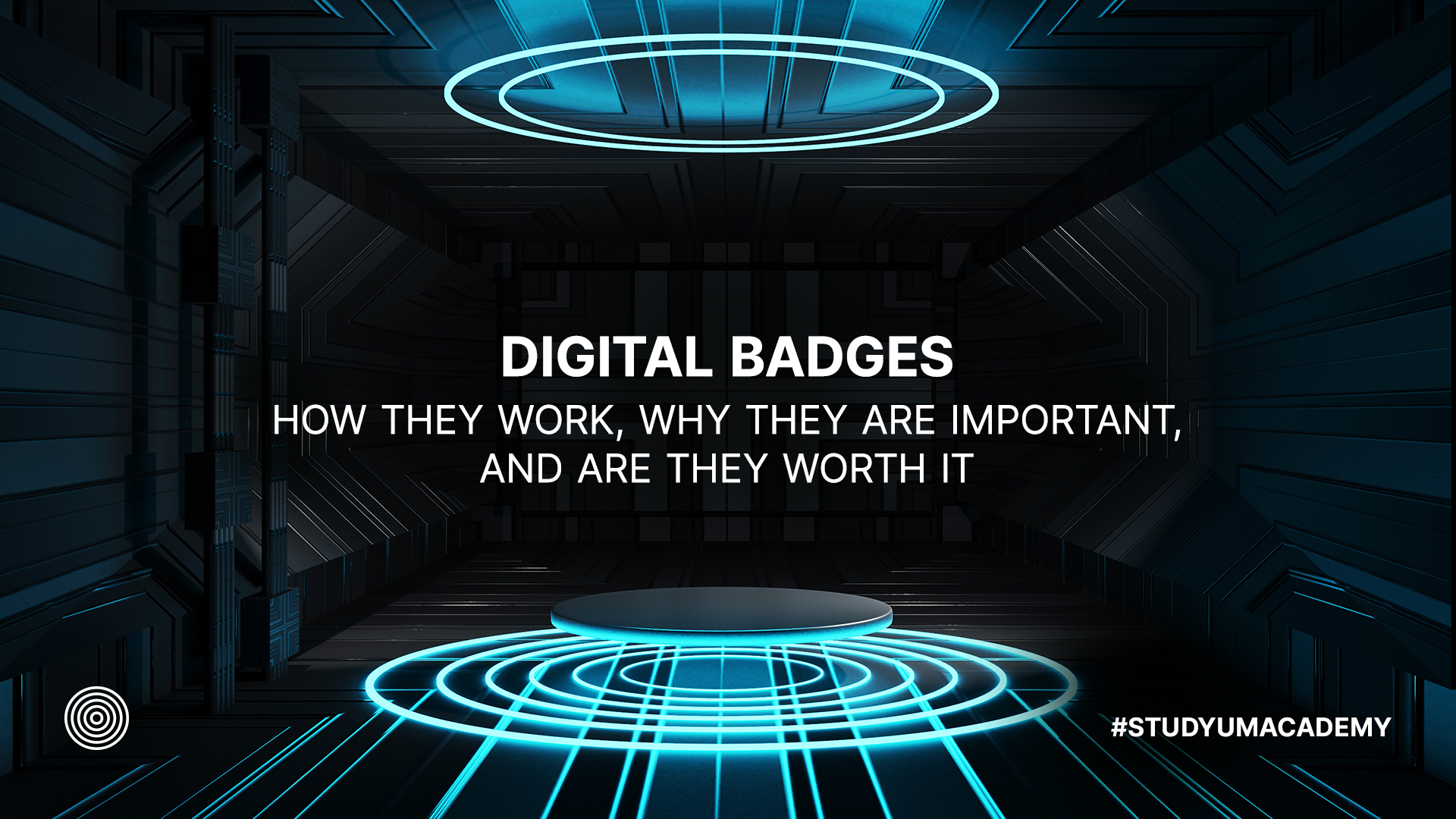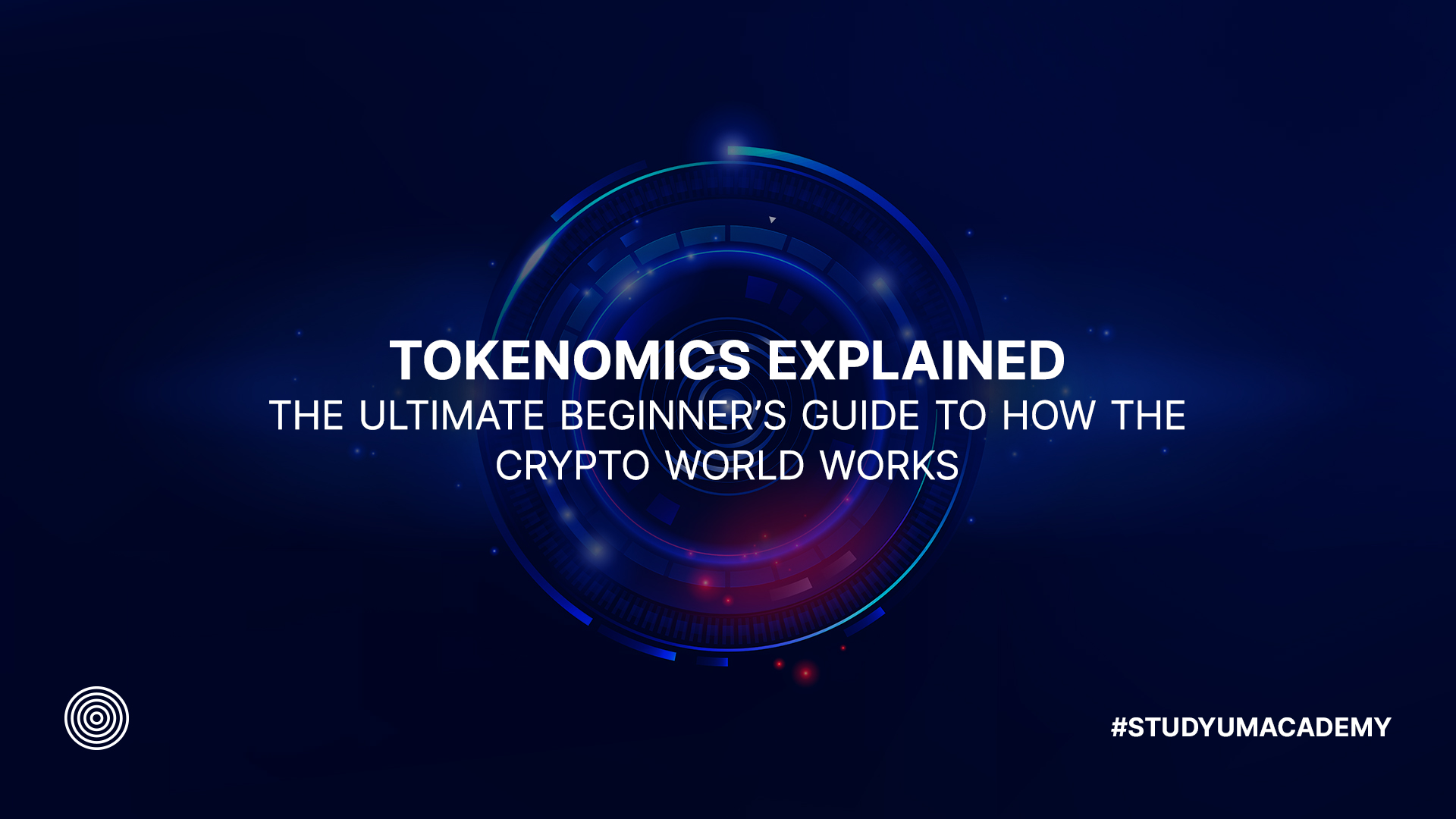Having read the previous part of our Gamification Series, you probably already know three things:
- Gamification is the application of game elements in non-game settings, the purpose of which is to encourage motivation and engagement.
- Motivation is based on the human desire to optimize one’s well-being by increasing pleasure and reducing pain.
- There are two types of motivation: extrinsic motivation (inspired by external rewards and pressures) and intrinsic motivation (inspired by internal rewards).
Now, extrinsic motivation is easy – it’s the basis of our current employment system. People work, people get paid for the work done. Sometimes, it’s the only thing that actually moves people to do a job.
However, in well-designed work systems, the management seeks ways to encourage intrinsic motivation in their employees. And they do so by involving their employees into the operational processes within the company. Or by allowing them more freedom to decide how a project will develop as long as they agree on the final outcome. Or by assigning them tasks that will challenge them and allow them to develop in the process.
In short, by fulfilling all three conditions of the theory of self-determination.
Part II: Self-determination theory – how to encourage intrinsic motivation in yourself and others
Self-determination theory (SDT) might sound scary, but it’s really not. It was officially formulated by Edward Deci and Richard Ryan in 1975 and is currently one of the most widely accepted theories in psychology. To promote intrinsic motivation, SDT suggests three needs have to be met: autonomy, competence, and relatedness.
Now, autonomy is self-explanatory – give a person the freedom to decide how they are going to complete a task. People like to be creative. Giving them autonomy over a job also provides them with the opportunity to approach it from many angles and showcase their skills.
Competence is a bit tricky, because you need to pinpoint the perfect level of difficulty for every person. When we find a task too easy, we are quickly bored by it. Imagine having to practise writing the letters of the alphabet like the first time you were learning to write. Page, after page, after page. Sounds tedious, right?
But we also don’t like doing tasks that are too difficult. We quickly get frustrated and give up. That is why finding the perfect level of competence for a person to feel effective is a tough nut to crack.
Finally, relatedness. We like to feel connected. We like to be included. That’s all there’s to it.
However, the reality is that a teacher who can make their students feel respected and accepted, can properly challenge them, and allows them self-expression is a rare occurrence. Which is unsurprising – the theory might be simple, but achieving it in practice is a completely different thing.
But the reward – as more and more students become engaged in the learning process and enter the flow state (soon more on this!) – is incredibly worth the effort.
SDT in Studyum
So how does Studyum plan to meet the three needs put forward by SDT?
Autonomy
As the course database grows, you will have more and more subjects to choose from across various disciplines: health and wellness, sports and specific types of exercises, typical school subjects like mathematics, history, physics, and personal and professional development courses and training.
Your goals and path are also something you can customize. Choose between one of the ready-made goals with preconfigured steps and time limits toward its realization, or adjust it to be more inspiring for you. You can change anything from the phrasing of the language to the number of tasks.
There is also the matter of the learning tempo. Within the Studyum ecosystem, you will be able to learn at your convenience. With the lessons being instantly accessible, learners are able to pause, zoom, and repeat any information and content as they see fit.
Competence
As you learn, you will encounter engaging challenges that will test your knowledge of the subject both theoretically and practically. The challenges will build upon the previous lessons you’ve covered, often requiring you to showcase your newly acquired skills in different contexts.
You will also be able to configure the difficulty of the courses, allowing you to skip the parts you’ve already covered. The difficulty of the challenges will depend on your preference as well, so you will be able to gradually develop more and more competence and confidence in your knowledge and skills.
Relatedness
While learning, you’ll be able to receive support through our smart chat and from your peers. By connecting with the learners who share your interests and level of commitment, feeling frustrated with the opportunity for group work is a thing of the past. Nurture relationships within the community and compete with others for the coveted NFT crypto collectibles.
As the system incorporates increasingly advanced algorithms, it will be able to further sophisticate your story. Studying law? Quickly – the life of an innocent man depends on your knowledge of a specific legal precedent!
Studyum – the ongoing improvement initiative
Studyum will not be just any learning management system. It is a joint effort of many experts across many disciplines that aims to make learning engaging using a combination of technological advancements and technical knowledge.
It is a learning platform oriented toward making constant improvement accessible to all. According to the University of London’s Institute of Education, the benefits of learning are numerous and varied. Learning can improve almost every aspect of a person’s life, from their health to their relationships with others. But, if the process is boring, we are quick to disregard its potential value. Hence, the gamification of learning. Hence, Studyum.





